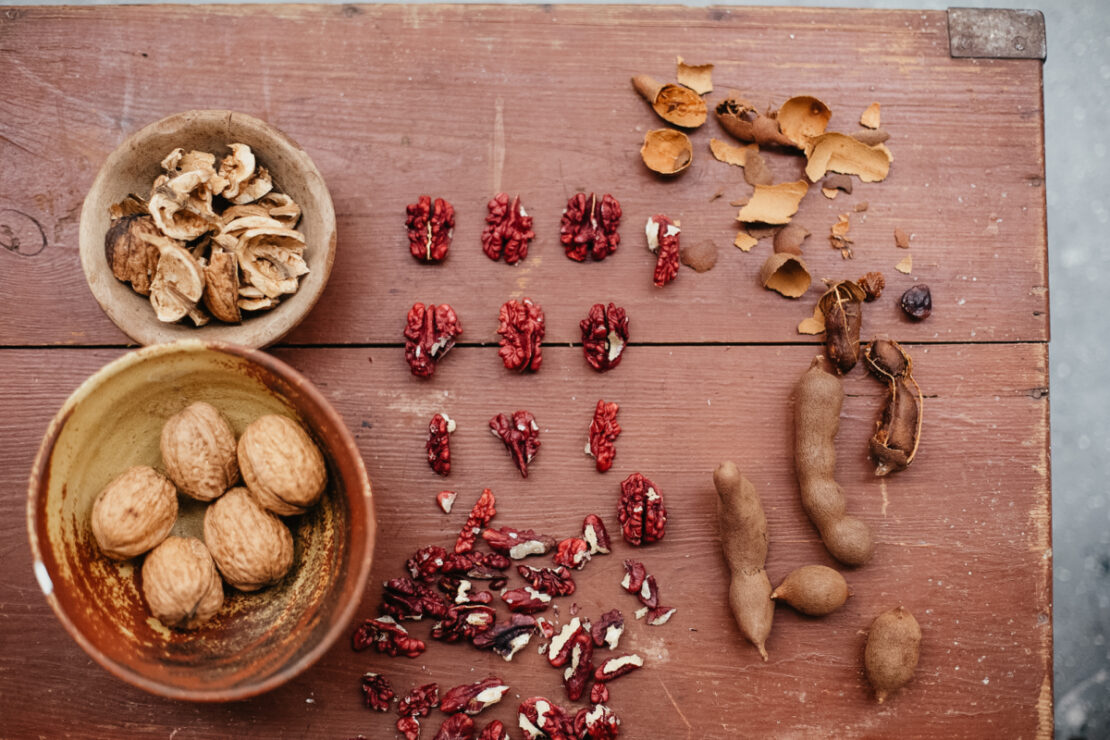
3 Foraging Inspired Recipes for Autumn
These mushroom burgers, mushroom tart, and walnut pie were inspired by a foraging outing in the woods. This particular walk in the woods was the first time I collected large parasol mushrooms. I used them for dinner (délicious!) to make mushroom burgers fried in buckwheat flour and black sesame seeds. I also incorporated the mushrooms…
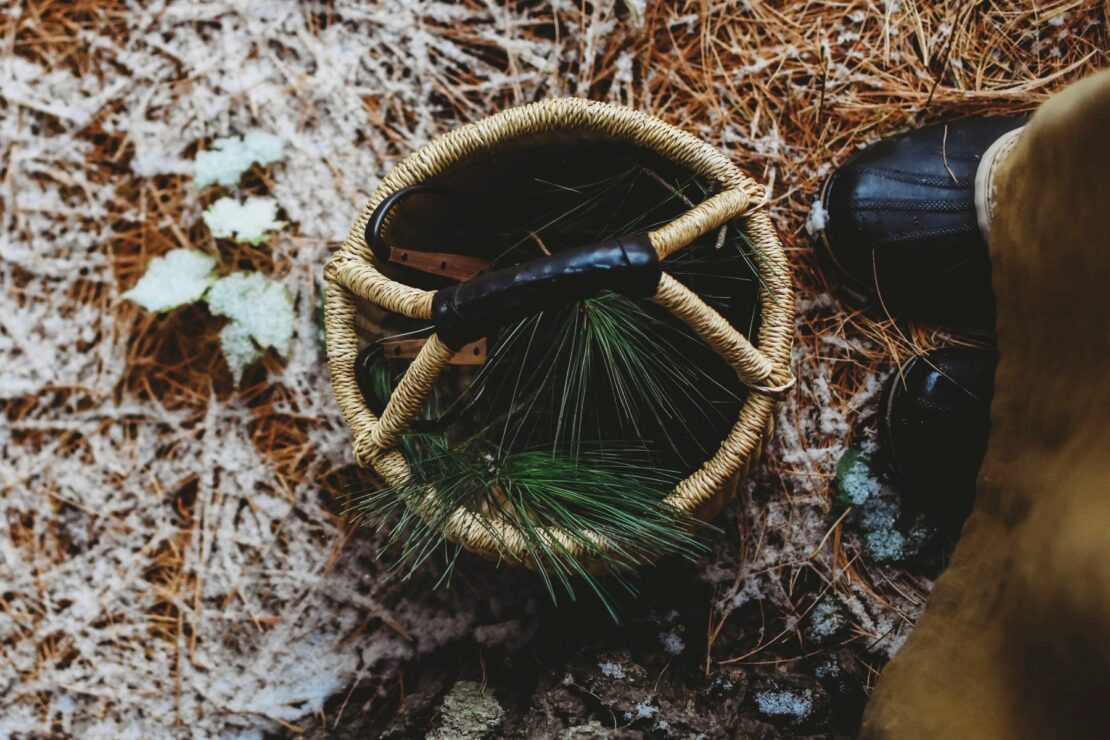
How to Correctly Identify and Use Evergreens for Internal and External Use
Attempting to correctly identify evergreen trees can be challenging. Evergreens get their name because the leaves, or needles, stay “green forever.” No matter the weather outside, you can always rely on evergreens to be green throughout the seasons. But if you plan on using some parts of the tree for herbalism, it’s important to correctly…
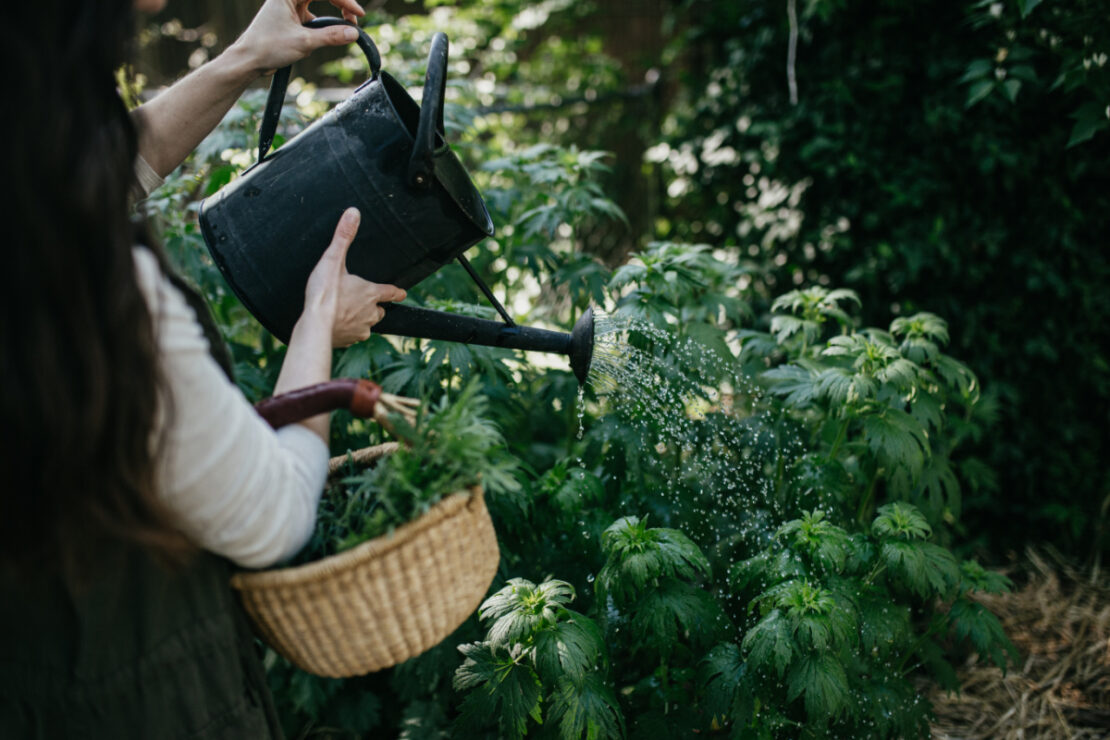
Motherwort Benefits + Recipe
Motherwort (Leonurus cardiaca) is a striking plant. Growing as tall as 5 feet, it bears the signature square stem and opposite leaves of the lamiaceae family. The leaves of this plant are toothed and palm-shaped, waving a warm hello to all that pass (Chevallier, 2000). In this post, we will discuss gathering and using motherwort,…
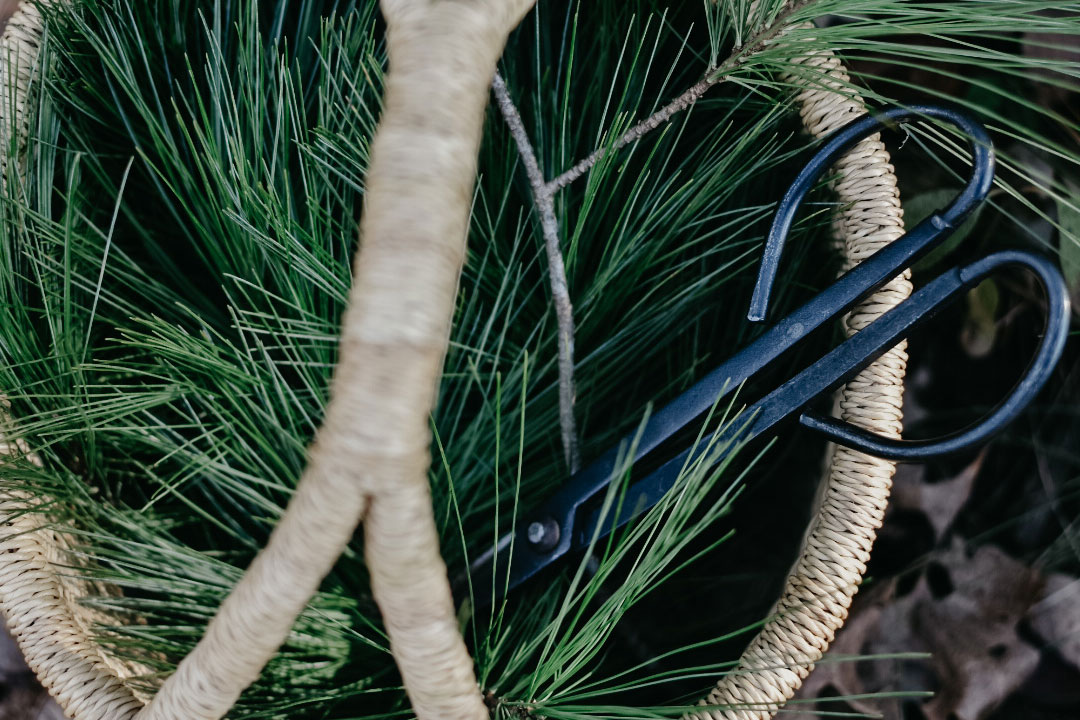
Your Guide to Winter Foraging
Something magical happens in the winter. Our pace slows, the world grows quiet, and we cozy up in our homes with a more inward focus. We’re inviting you out into the quiet world and beckoning you away from your snug nest to go with us on a winter foraging journey. Despite the drop in temperatures,…
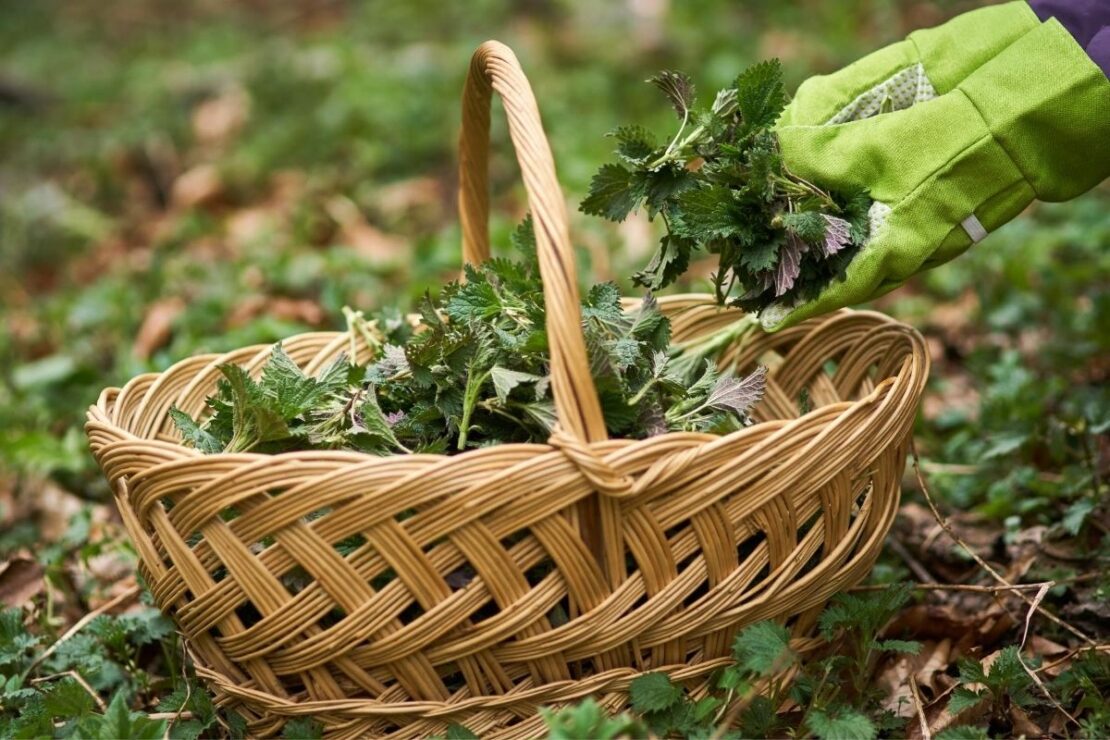
A Foraged Feast: Nutritional Value of Edible Wild Food
Since we launched our foraging course, we’ve been fascinated by the nutritional density of edible wild food varieties compared to their cultivated counterparts. As a sneak peek into The Foraging Course, we’re diving into this topic with an excerpt pulled directly from Lesson 2. Wild edibles tend to contain more beneficial nutrients like vitamins and…

7 Reasons to Forage Wild Food and Herbs
Before the advent of agriculture, our ancestors were hunter-gatherers, relying on the wild food and herbs they brought home in their baskets to keep them alive and well. Foraging is a way to return to those ancestral roots and re-learn what our ancestors knew: that nature provides an abundance of botanicals that can be consumed…
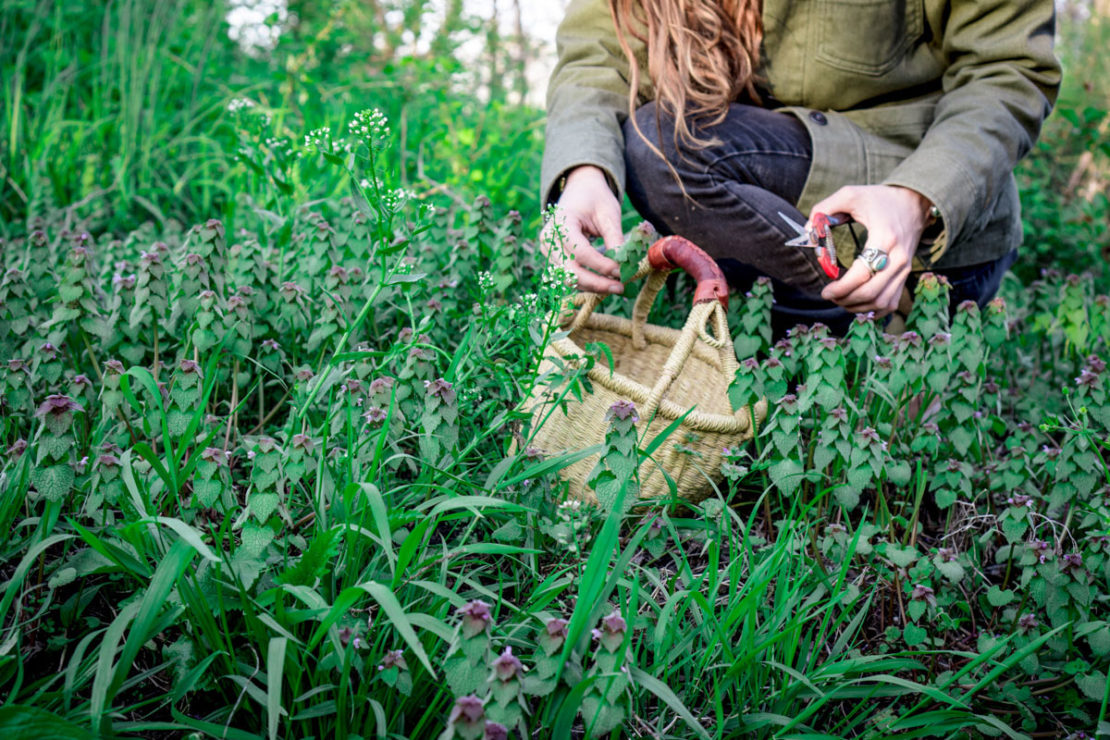
Purple Dead Nettle: Nutrition and Recipes
If you enjoy foraging and using plants that grow naturally around you, then purple dead nettle (Lamium purpureum) is a wonderful plant to become acquainted with. Available across most of the United States, this common “weed” is easy to find and its mild flavor blends well with a wide variety of recipes—from salads and smoothies…

Introducing Our NEW Foraging Class!
As herbalists, we are passionate about all things botanical, and foraging is top of the list! With spring in full swing and summer inching closer, we are enjoying our foraging forays and plan for even more time in the fields and forests as the green world bursts into a riot of growth! To make the…
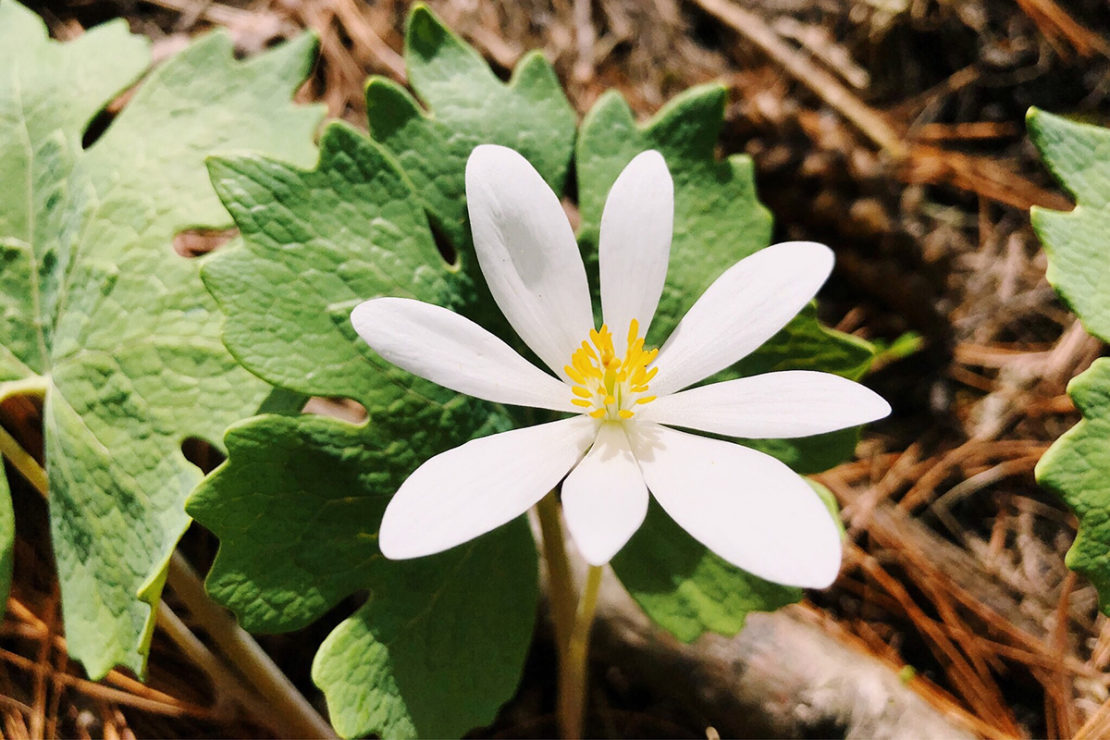
12 At-Risk Plants NOT To Harvest This Year
Late spring and summer are ideal times for harvesting plants. This is because, by this time, most plants have developed to the point where their identifying characteristics are obvious—leaves are often fully grown, flowers have blossomed, and some plants are already forming seeds, each of which makes plant identification easier. While most in the herbal…
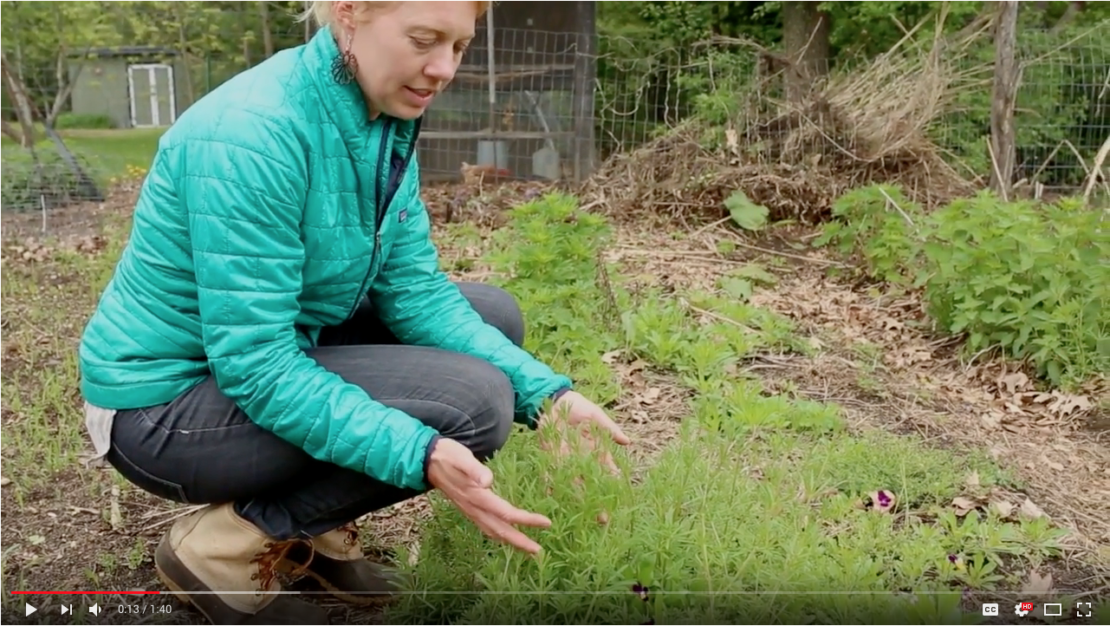
Learn To Identify Cleavers In Our Newest Plant Walk Video
We’re back with another plant walk video from Herbal Academy Assistant Director, Jane Metzger. In this video, Jane will be showing us how to identify cleavers as well as sharing some common preparations this plant is used in. Just click play on the video below or watch it on our YouTube channel. Cleavers Name/Family: Cleavers, Galium aparine…
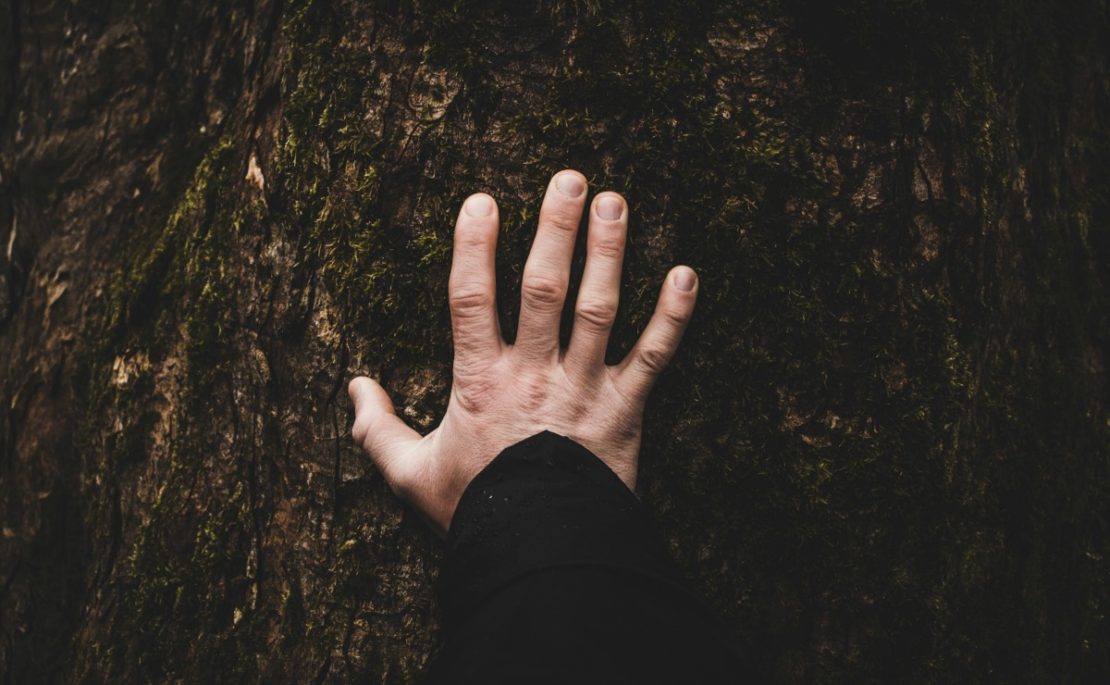
How To Harvest Bark From Trees and Shrubs Correctly
If you’ve ever wanted to learn how to harvest bark from trees or shrubs, you’re not alone. Bark is commonly used in herbal preparations, but the idea of harvesting barks can be rather confusing. How exactly does one go about harvesting barks from trees or shrubs in an ethical and sustainable manner? In the article…
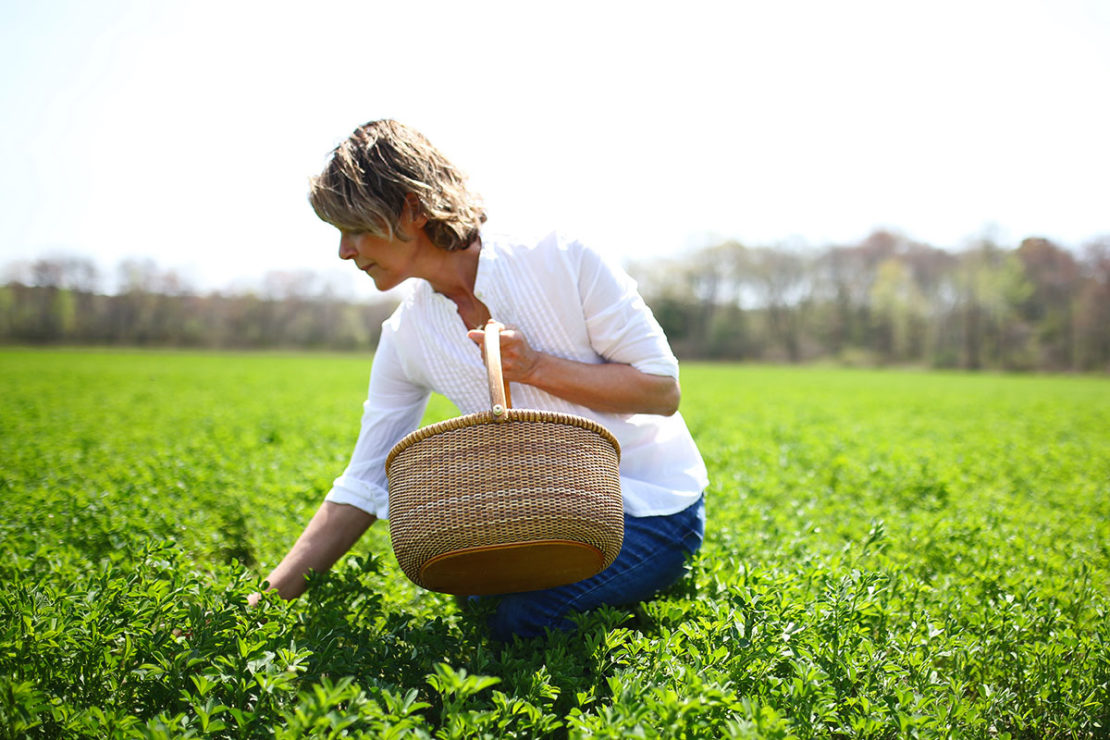
How to be an Environmentally Sustainable Herbalist
Herbalists often come to this enchanting practice via a connection to plants and care for the earth. Many will find that the study of plants and their benefits leads to the development of a connection on a deeper level. From this blooms a relationship that often looks beyond what plants can do for us, and…
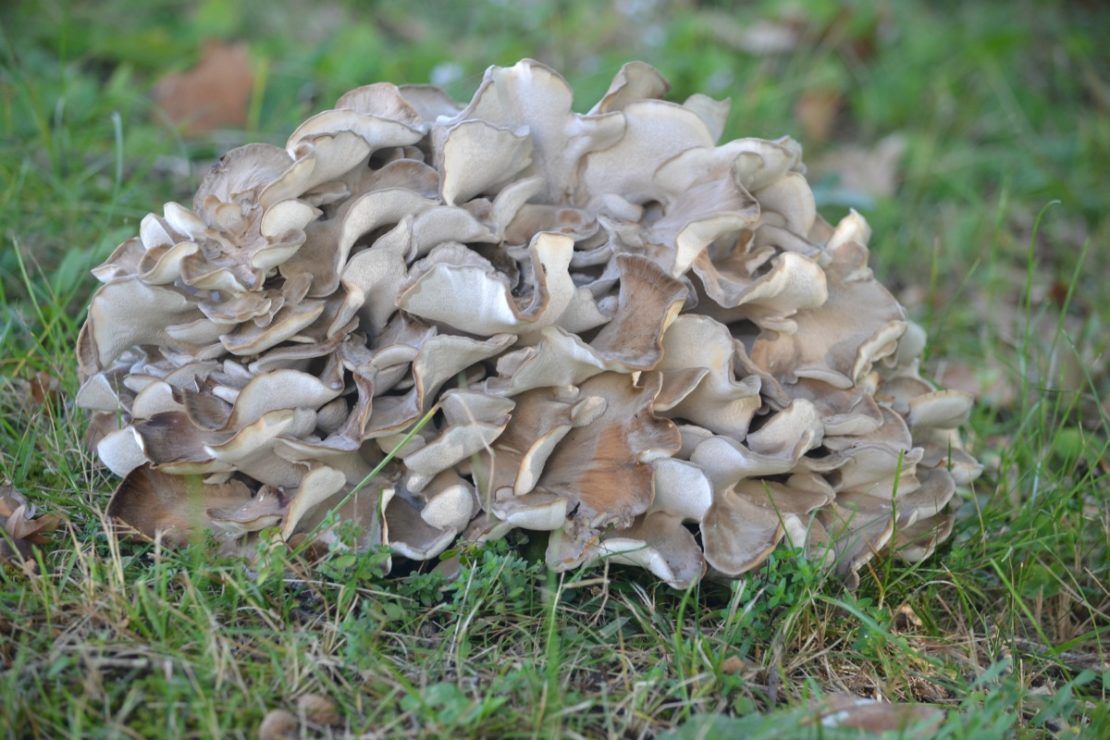
Maitake 101: A Valuable Mushroom (+ Maitake Barley Risotto Recipe!)
Early October in New England means many things: cool and sunny days, peak fall color, crisp apples, and icy cold cider come to mind, for starters. More obscure but no less exciting (for some of us)—it’s maitake time. Maitake what? Maitake mushrooms, also called hen-of-the-woods, or Grifola frondosa. If we’ve gotten enough precipitation in late…
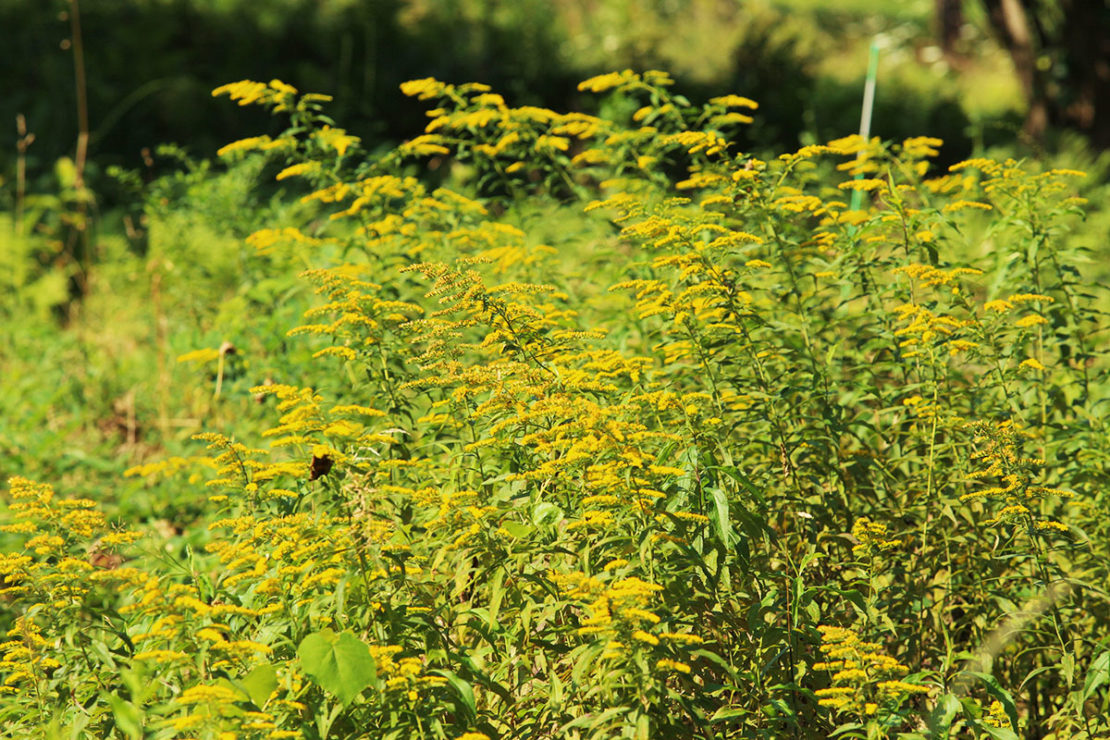
3 Tips For Foraging Goldenrod This Year
As we move into fall, the colors of the landscape begin to change from the brilliant reds, purples, lavenders, and pinks of summer to the deeper colors of autumn—yellows, golds, oranges, deep reds, and browns. As these seasonal changes in nature relate to our own rhythms, I was taught to eat and make herbal preparations…
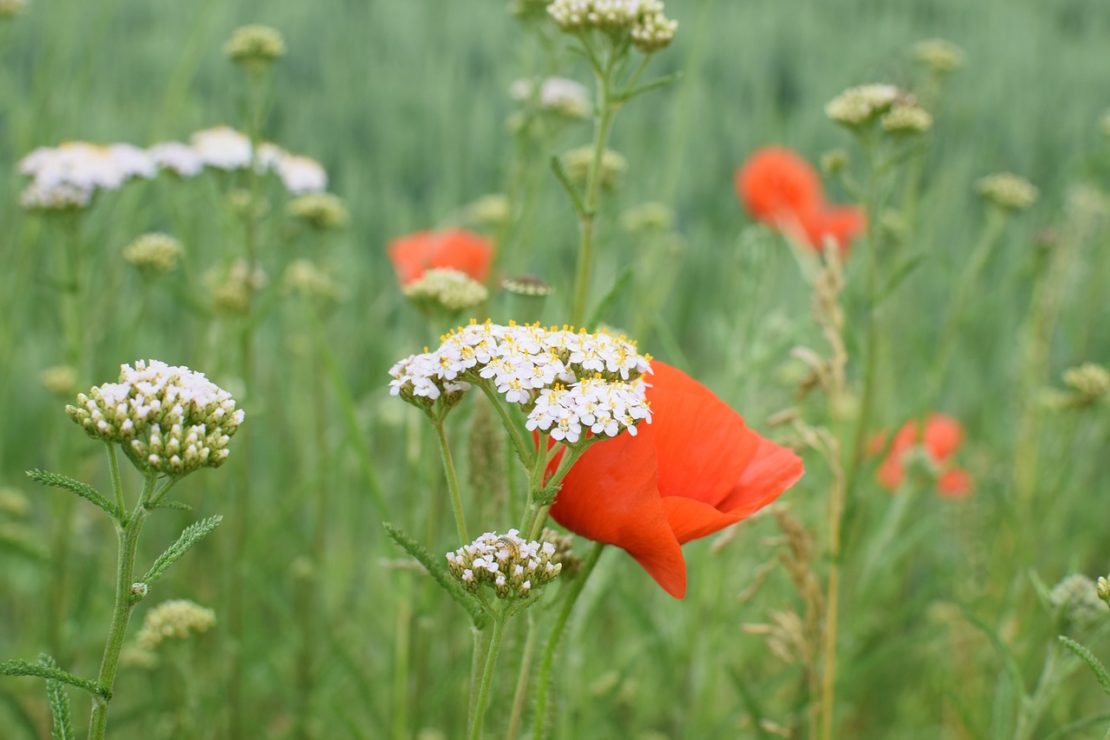
10 Summer Herbs to Forage This Year
The “Dog Days” of summer are upon us in the South. The dogs and cats are lazy, the snakes are more prone to bite, the gnats, flies, and mosquitoes are more bothersome than normal, and the poison ivy is thriving. Thankfully, it isn’t all bad. These slow, hot days bring more time for family gatherings,…
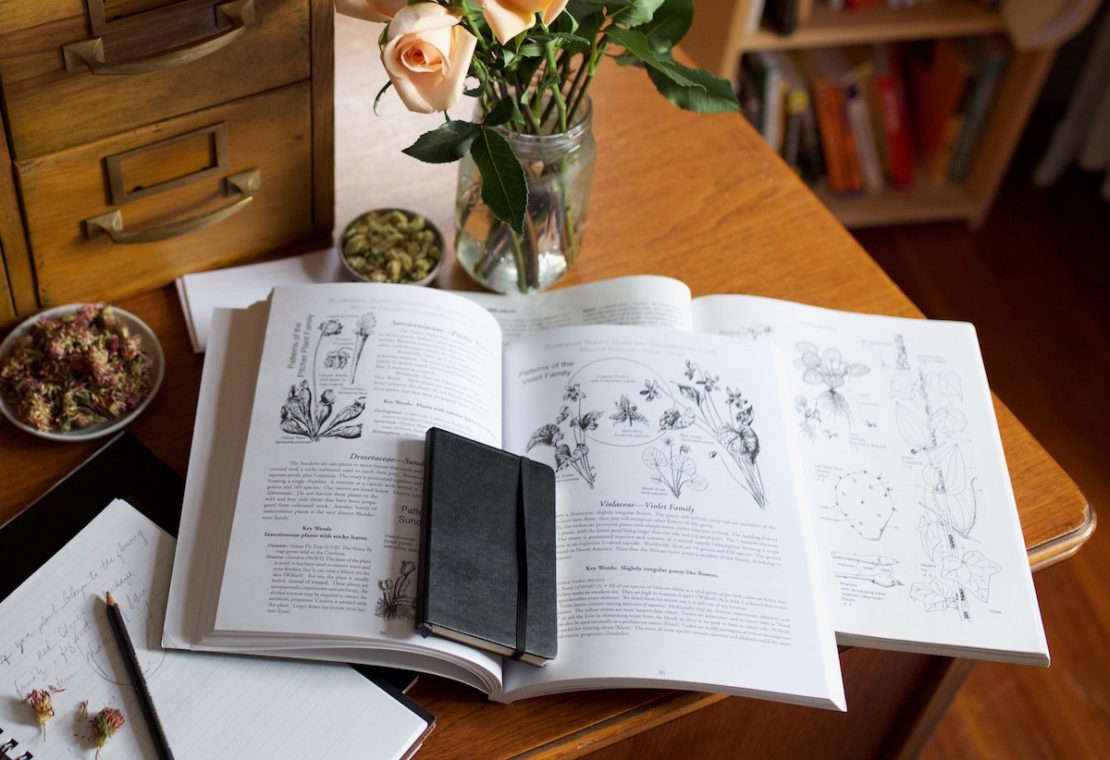
5 Foraging Guide Books To Help You Identify & Harvest Plants
I will always remember the first time someone pointed out plantain to me. I had been hiking with a friend who had studied herbalism, and after she mentioned plantain a few times, I finally asked if she was talking about the banana plant. After showing me the familiar curbstone sprout and explaining its uses and…
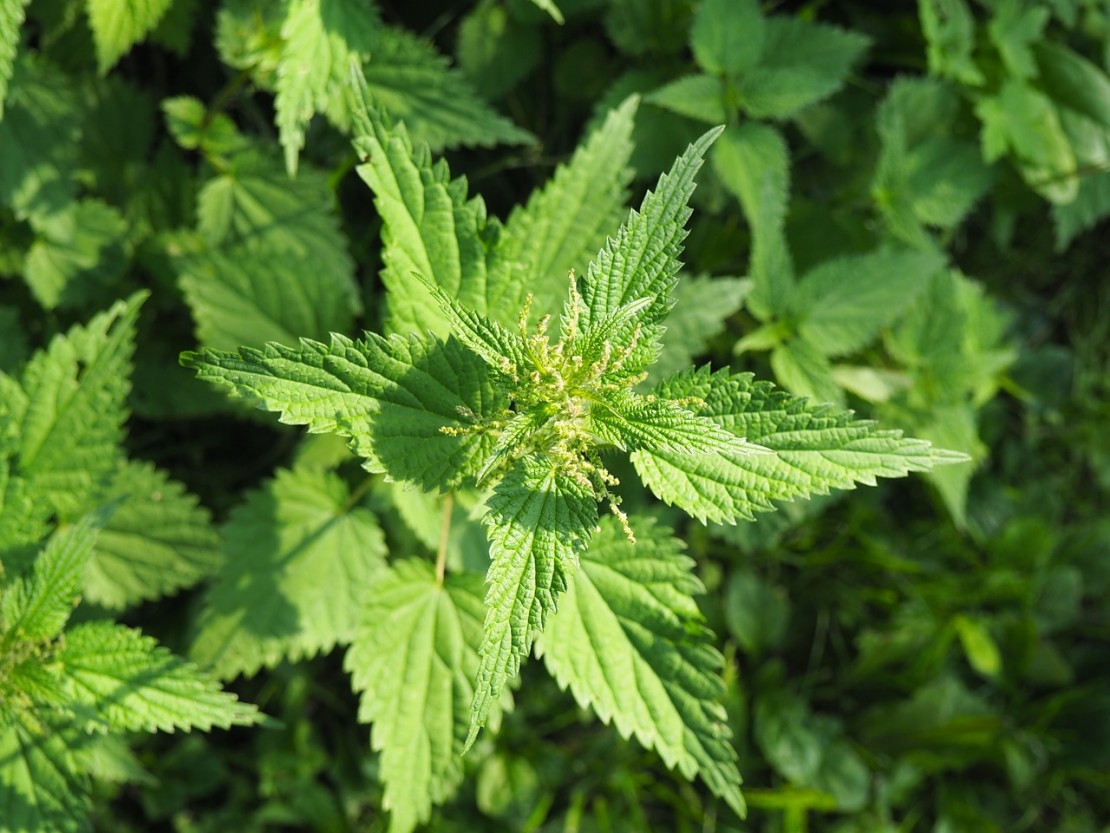
Feast on Spring Nettle! Wild Greens with Beans Soup Recipe
Spring is that wonderful time of year when we emerge from our winter hibernation into a fresh, green world. And, as we being to explore the newly grown and fresh plants, there are many that we can harvest and eat. These plants have a delicious flavor and many nutritional benefits to enjoy. One popular green…
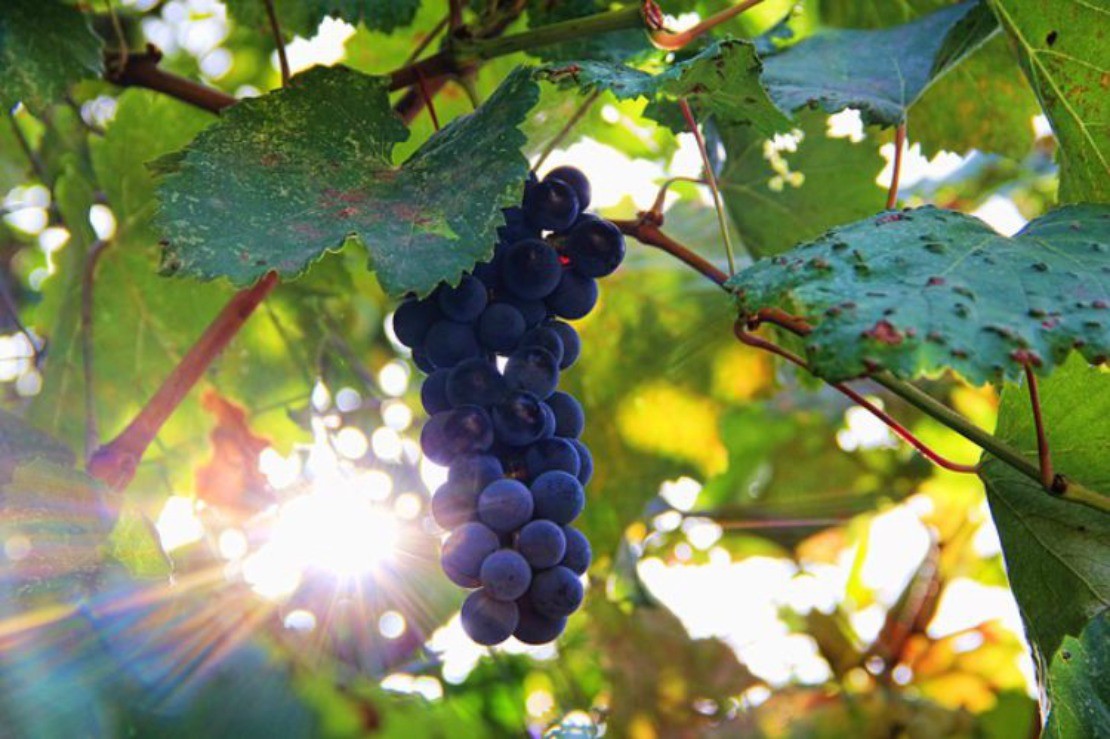
Benefits Of Grapes In A Tasty Herbal Syrup
Early fall means that my lovely, vivacious grapevine is heavy with clusters of dark purple abundance. These are the kind of grapes that are so flavorful it is almost painful to eat more than a few. For years I have grappled with finding a way to harness and enjoy the benefits of grapes from our…
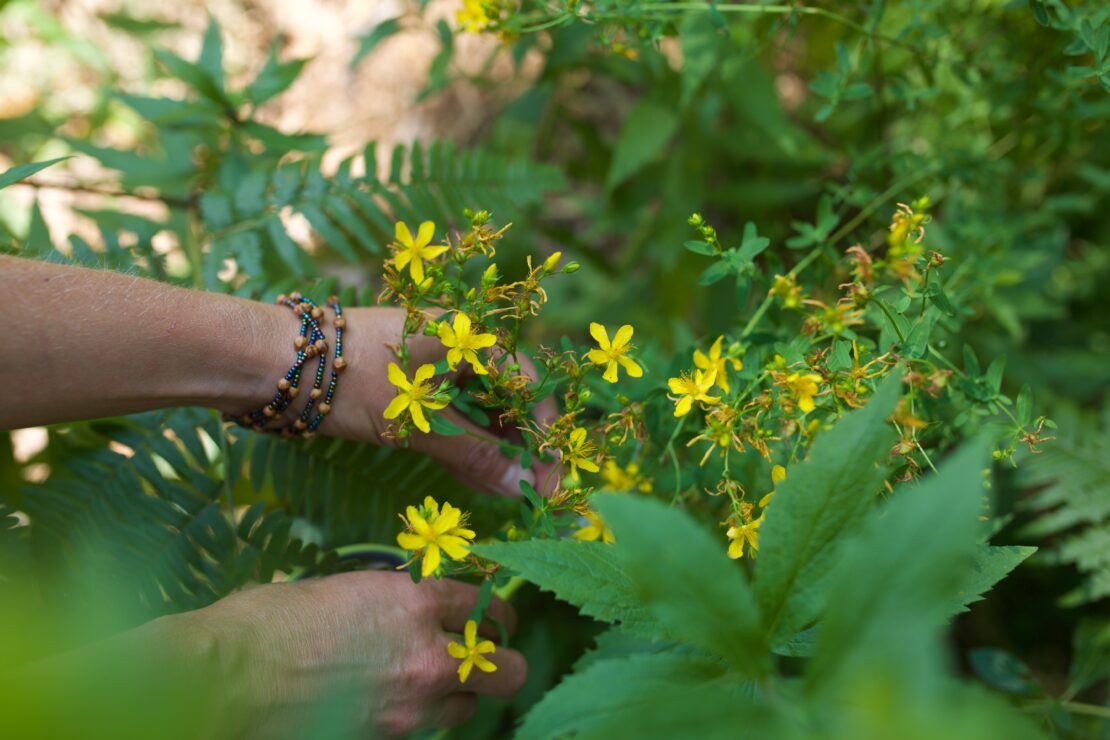
10 Helpful Tips for Wildcrafting Herbs
Wildcrafting is the practice of foraging for useful plants from their natural, wild habitat for edible or herbal purposes. Wildcrafting for your own herbs is one of the most rewarding things that you can do. Not only is it nice to know where your herbal remedies come from, but it’s fun to learn to identify…
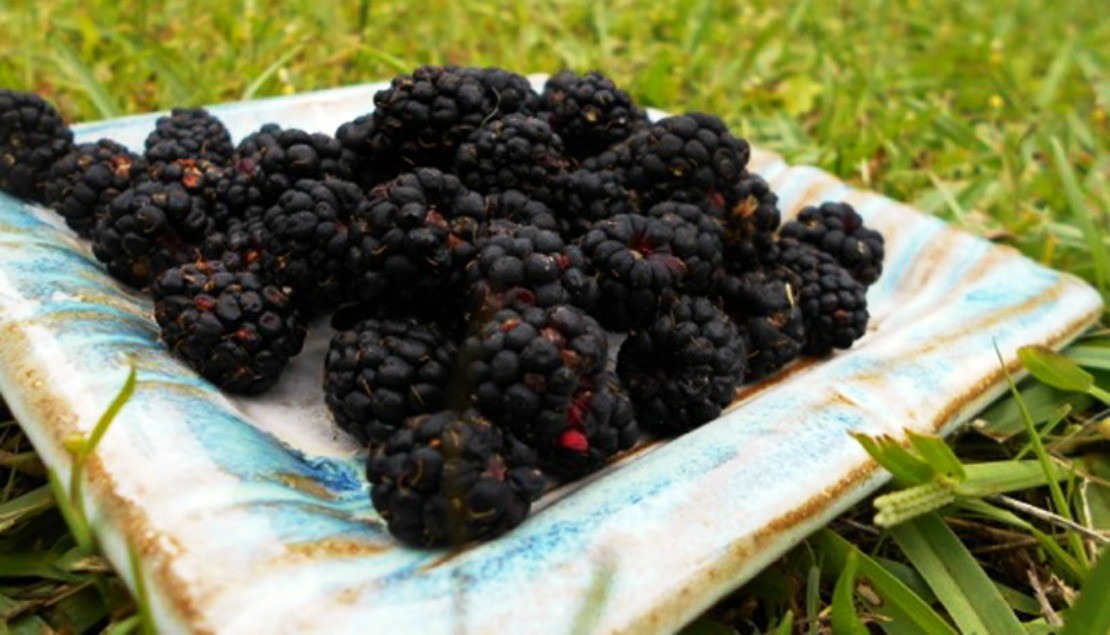
How to Make a Delicious Dewberry Syrup
Each spring, one of nature’s gifts appears in the form of dewberries. Sometimes considered a weed by those unfamiliar with their benefits, dewberries grow on low, trailing brambles along fences, in woodlands, near roadways, and in other undisturbed areas. The vines are covered with small thorns, which can make it tricky to harvest dewberries. Forage…
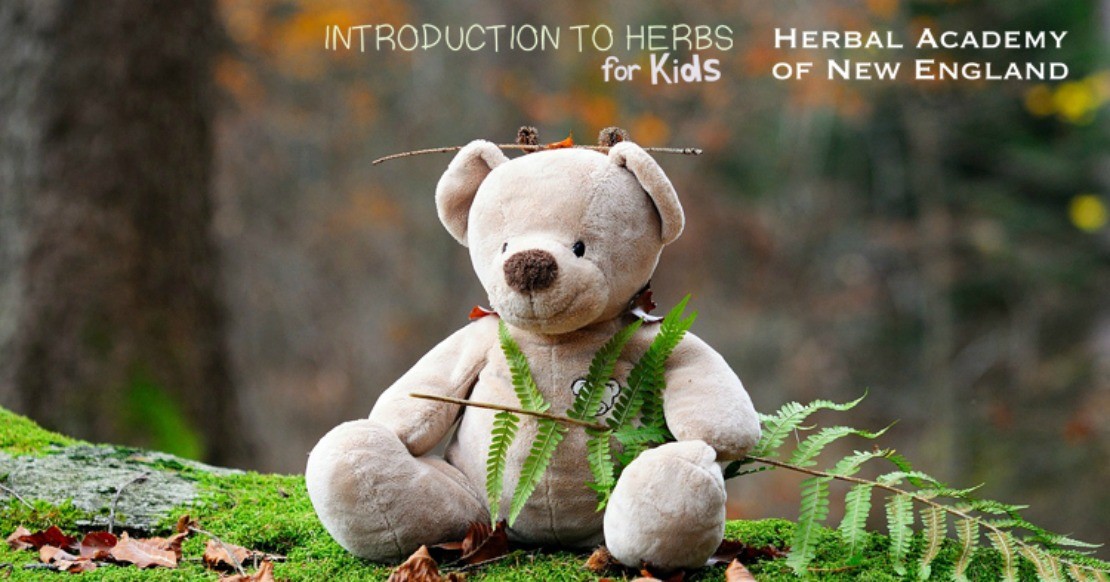
Introduction To Herbs For Kids: Wildcrafting
Fun On The Wild Side Take a trip outside your door and look down! What do you see? Do you see little plants growing? Perhaps it is one single little dandelion or maybe you have found a whole area of plants growing and thriving. You won’t have to go far to find wild plants! Sometimes…
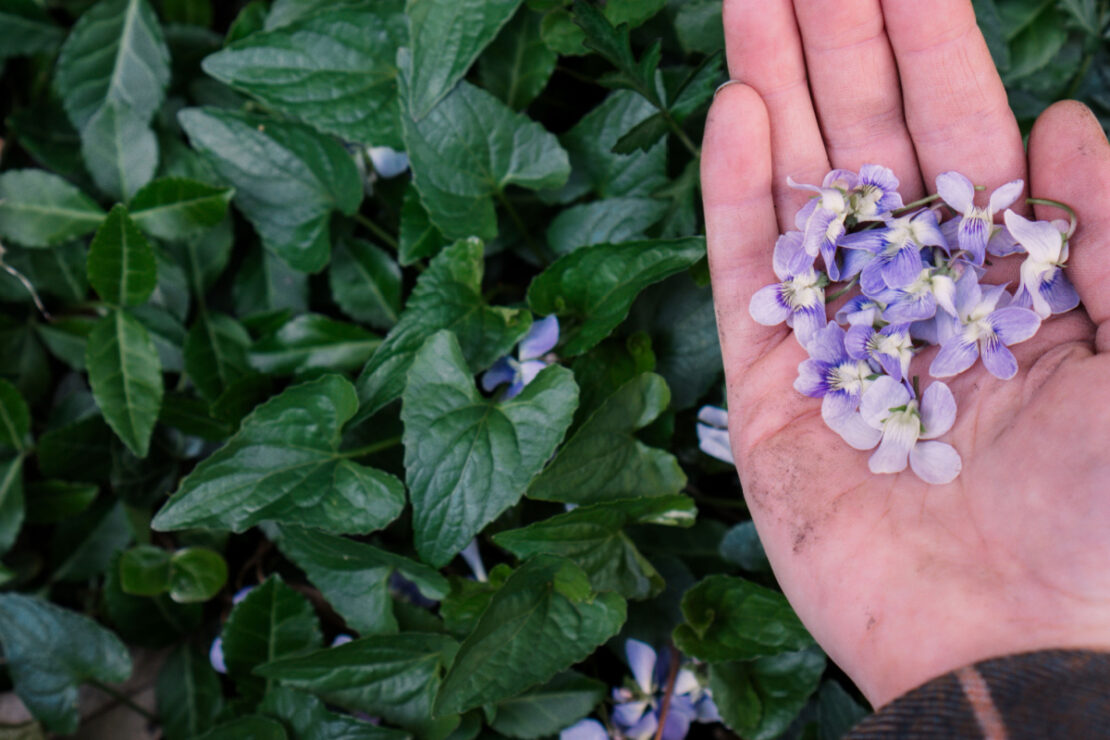
How to Start Foraging in Your Backyard
Many people are interested in learning about edible wild plants, and a natural extension of this is to start foraging and explore what may be growing close to home. One of the best ways to begin foraging in your backyard is to find an herbalist or forager who offers local plant walks. Having in-person instruction…
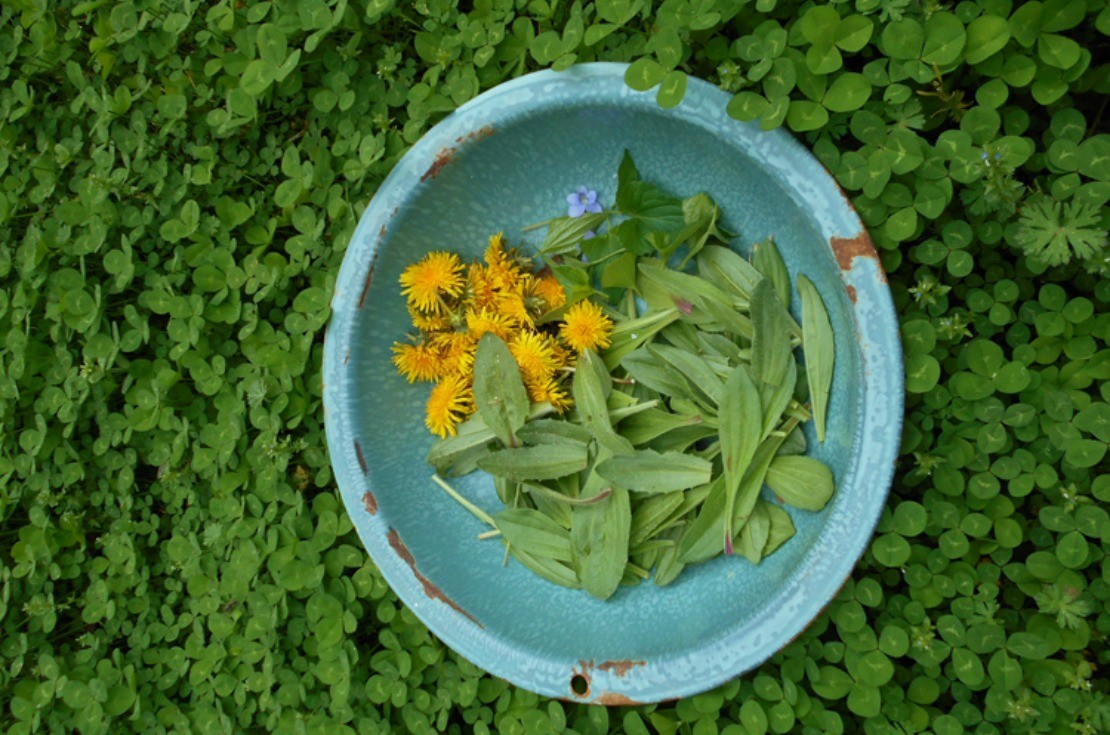
Foraged Skin Care Remedies
Early spring is a wonderful time for foraging. After winter, it is refreshing to finally get outside and gather some healing herbs. Foraging for plants is an easy way to enjoy the benefits of herbs, and to learn more about the gifts that nature offers us. Gathering free wild plants to add to our creations…
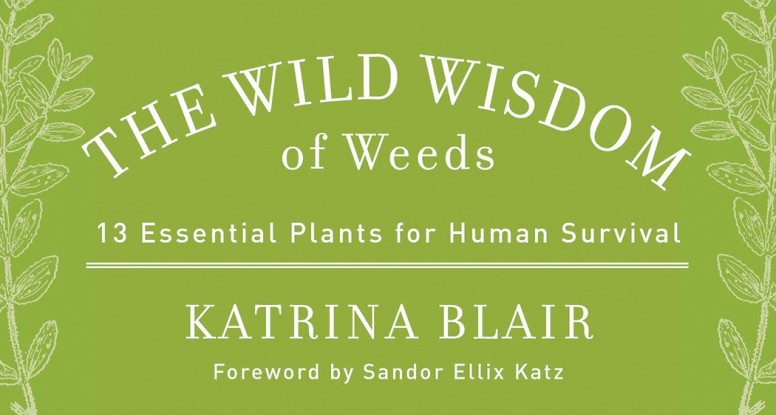
The Wild Wisdom of Weeds Review + Giveaway
One of the reasons folks are drawn down the path of herbalism is the powerfully moving experience of reconnecting with wild plants. Humans have co-evolved with plants for millennia and we clearly could not survive without them. But our need for plants goes well beyond oxygen, breakfast, lunch, and dinner — our relationship with plants…


